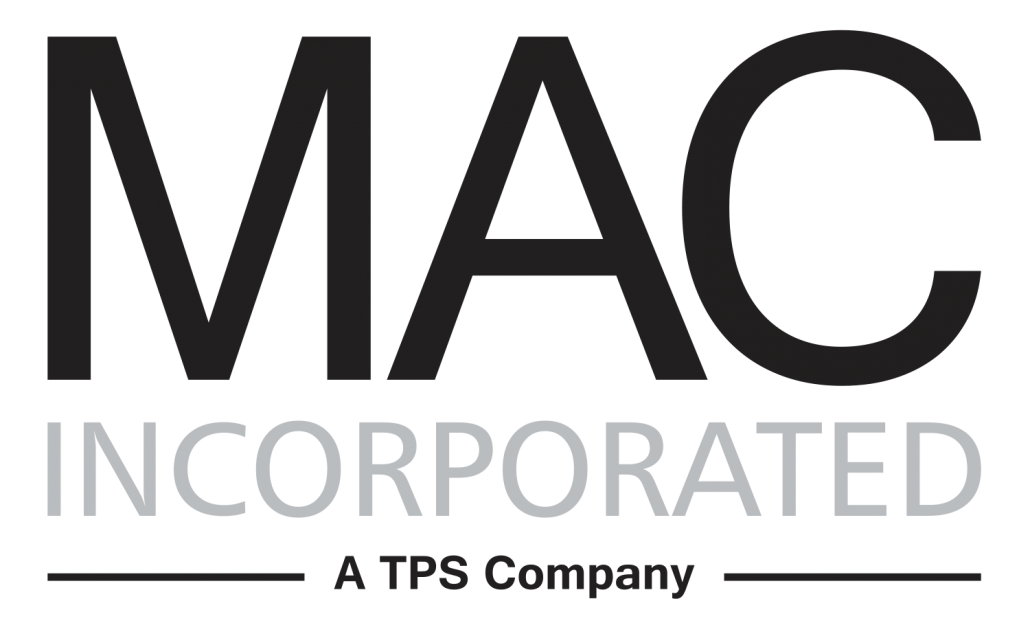OSHA Overview: Respiratory Cleaning Procedures
Throughout the United States, an estimated five million workers are required to wear respirators on the job. Respirators protect employees against insufficient oxygen environments, harmful dust, fog, smoke, mist, gases, and vapors—all of which are harmful hazards that can cause cancer, lung disease, or even death. The Occupational Safety and Health Administration’s Respiratory Protection Standard was placed in effect to avert hundred of deaths and thousands of illnesses each year.
In order for respirators to be effective, they must be properly cleaned and maintained. Therefore, the OSHA has provided mandatory respiratory cleaning procedures. The procedures are general in nature, and the employer as an alternative may use the cleaning recommendations provided by the manufacturer of the respirators used by their employees, as long as the procedures are as effective as the following procedures listed in 29 CFR 1910.134.
- When cleaning, remove filters, cartridges, or canisters. Disassemble the face pieces by removing speaking diaphragms, demand and pressure- demand valve assemblies, hoses, or any components recommended by the manufacturer. Any defective parts must be repaired or discarded.
- Components must be washed in warm water with a mild detergent or with the cleaner recommended by the manufacturer. Use a stiff bristle brush to remove any dirt. If the cleaner being used does not contain a disinfectant, components of the respirator should be immersed for two minutes in either hypochlorite solution (made by adding one milliliter of laundry bleach to one liter of water) or aqueous solution of iodine (made by adding 0.8 milliliters of tincture of iodine to one liter of water), or another commercially available cleanser of equivalent disinfectant quality recommended by the respirator manufacturer.
- Rinse components in warm, clean, running water. Then, drain. The importance of thorough rinsing is not to be underestimated. If detergents or disinfectants dry on face pieces they may cause dermatitis. In addition, some disinfectants can cause deterioration of rubber or corrosion of metal parts if they’re not completely removed.
- Hand-dry all components with a clean lint-free cloth or air-dry.
- Reassemble and test the respirator to ensure that all components work properly before it’s next use.
For more information regarding the respiratory guidance for employers and workers, read the OSHA Bulletin.
The health and safety of our staff is a top priority at MAC Incorporated. As a niche-based recruiting and staffing firm, we specialize in the placement of engineering, maintenance, and operations management professionals, so we make it a point to ensure these workers are employed in safe working conditions. Read our blog regularly to stay up to date on the latest OSHA rules and regulations.

